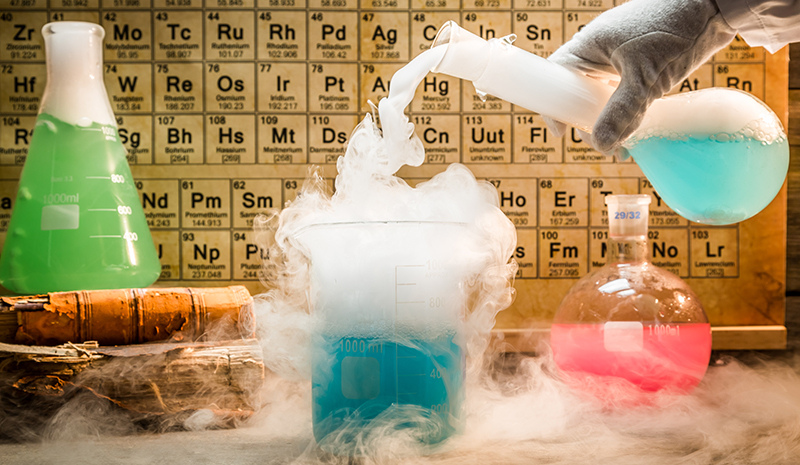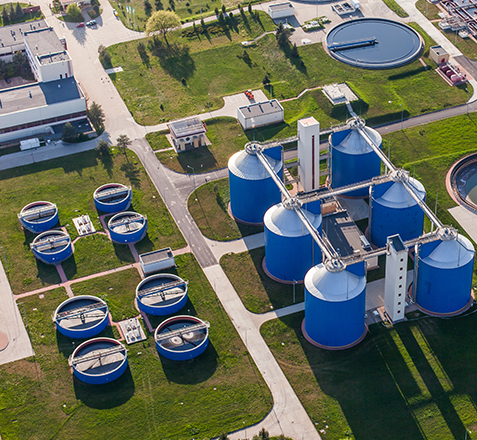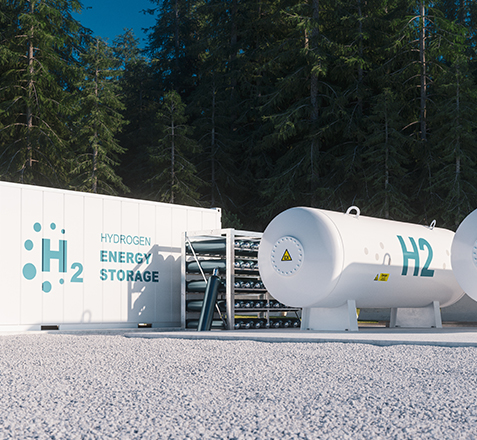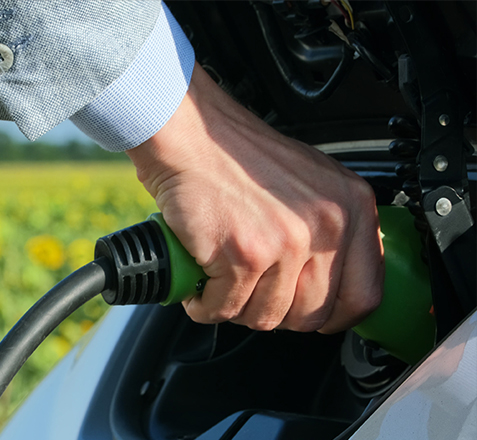Gas Capture and Storage
Porous polymers. For an effective CO2 capture and separation, we built over 200 nanoporous network polymers (Covalent Organic Polymers, COPs). COP-1 recorded the highest CO2 capacity ever measured in any materials to date (128 mmol/g, J. Mater. Chem. 2012, 22, 8431). Targeting the pre-combustion conditions, COP-2 shows a near infinite selectivity for CO2 over hydrogen gas. COPs-68-81 (Azo-COPs) shows a unique, previously unknown, N2-phobic behavior (Nature Commun., 2013, 4, 1357 and two subsequent papers in Chem. Eur. J.) and COP-40 is easily made into membranes for continuous CO2 separation. COP-83 has a capacity of 5 mmol/g at 298 K and 1 bar (J. Mater. Chem. A 2014, 2, 12507), and COP-97 shows an uptake of 8 % (w/w) CO2 in 2 minutes from a simulated flue gas mixture (CO2 15%, H2O 3.8%, He 81.2%, 40 oC, flow rate: 80 mL/min) (Faraday Disc. 2015, 183, 401-412). Box-COPs (COPs 93-95) are stable up to a staggering 600 oC and could be formed into films (Chem. Mater. 2014, 26, 6729). Using COPs 114 and 115 we controlled the amine amount and chain length to observe a concerted CO2 binding mechanism (Phys. Chem. Chem. Phys. 2016, 18, 14177-14181). COPs with ester and amide functionalities also found to favor CO2 adsorption, particularly at high pressures (ACS Appl. Mater. Interfaces, 2016, 8, 20772–20785). Our results point to an ideal nanoporous structure to be made from a highly porous, inexpensive, physisorptive solid, which is chemically modified with chemisorptive functionalities such as amines (see our tutorial review at ChemSusChem, 2017, 10, 1303).
Amidoximes. We have discovered CO2-philic properties of amidoxime functional groups for the first time. Our initial studies focused on the proof of the concept, where molecular amidoximes are found to capture CO2 better than the industrial standard, monoethanolamine, MEA (Energy Environ. Sci., 2011, 4, 4528). Introducing amidoxime functionality to porous polymeric membranes enhanced CO2 capture and selectivity significantly (Chem. Comm., 2012, 48, 9989).
Inorganic sorbents. Layered double hydroxides (hydrotalcites) are effective high temperature CO2 sorbents with poor stability and recyclability. Trivalent cations (Al3+) are substituted with gallium for a reversible and robust CO2 sorbent (Chem. Mater., 2009, 21, 3473). Lithium silicate was promoted with TiO2 nanotubes for a reusable high temperature CO2 sorbent with fast kinetics of adsorption – desorption cycles (Ind. Eng. Chem. Res., 2017, 56, 3413).
Learn More >>



